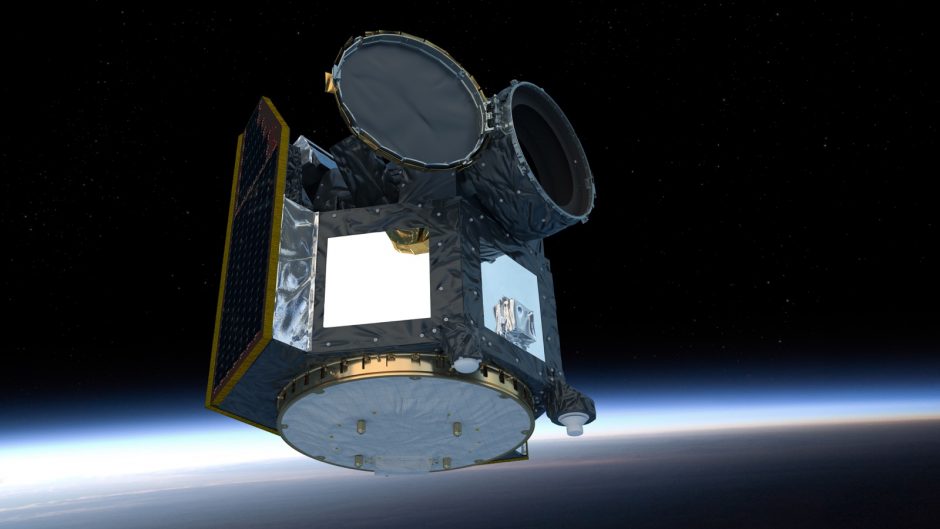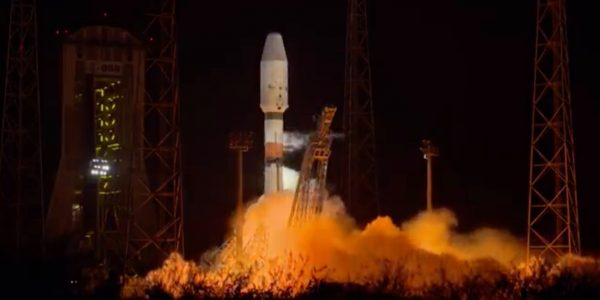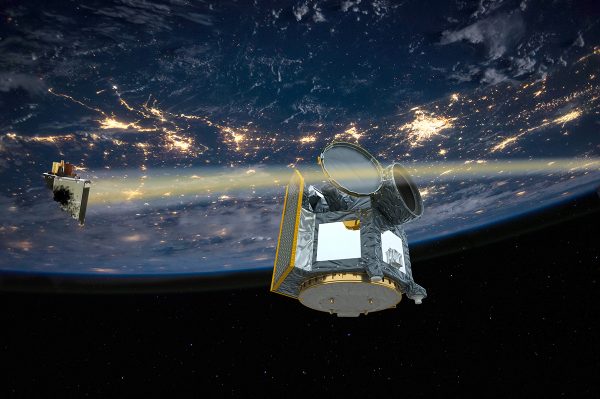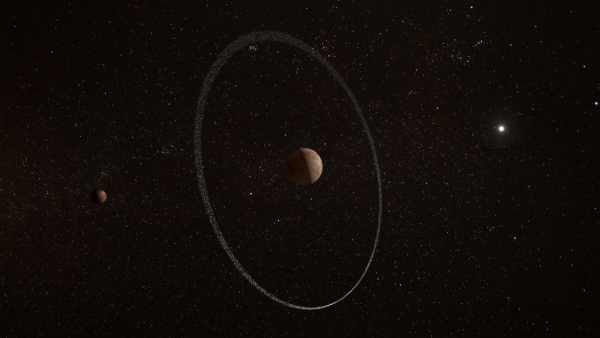CHEOPS in numbers

The CHEOPS nominal mission came to an end in September 2023. It is not the last of CHEOPS though, as the first extension of the mission is already going full-steam ahead and will last until the end of 2025 or even 2026 (pending approval from national agencies).
The end of this first phase of the mission was the occasion for Christopher Broeg, CHEOPS’ mission manager, to compile a list of facts and figures about the nominal mission of CHEOPS. The nominal mission started on 25th of March 2020 after commissioning (which had started 7th of January 2020), and ended precisely on 24th of September 2023. Here is an overview and explanations of some of the key numbers from the complete fact sheet available below this article.

CHEOPS was launched on the 18th of December 2019.
Key metrics
The nominal mission lasted 1’279 days, or 30’696 hours. During that time, it revolved around the Earth approximately every 100 minutes, summing up to 18’108 polar orbits. This is the equivalent of a whooping 725 million kilometres travelled – roughly 880 times the Earth-Moon distance. During that time also, CHEOPS changed its pointing direction 4’369 times: changes that are called “visits”. Those were split between:
- Guaranteed Time of Observation (GTO) which is for the mission consortium to use – 3’196 visits.
- Guest Observations (GO) allowing external scientist to obtain observing time via an open call from ESA – 278 visits.
- Discretionary Time (DT) meant for very urgent requests or special occasions of high scientific interest and that cannot wait the next open call – 30 visits.
- M&C: Monitoring and Characterisation, which is necessary to maintain and calibrate the instrument capacities, and consist for instance in stability test, dark sky observations, etc. – 873 visits. Those do not include time for software updates and similar tasks.
You can note that during the nominal mission, there was roughly 80% of GTO for 20% of GO. For the extension, this ratio has been changed to 70/30%.
The vast majority of the time of CHEOPS (93.5%) was dedicated to science. Out of this time 67% was on-source. This is due to the orbits of CHEOPS which brings the Earth between CHEOPS and its targets every 100 minutes. The rest of the time was spent between a range of maintenance and calibration tasks, or simply re-orienting the satellite towards its new targets (0.6% of the total time lost during re-targeting).
Science
CHEOPS has been observing 730 targets from 237 different programmes during its nominal mission. Even though the primary goal of the is exoplanet detection and characterisation, we can note two of those targets where in our Solar system. CHEOPS participated in the observation of the dwarf planet Quaoar, leading to the unexpected discovery of its rings. CHEOPS also monitored Jupiter’s brightness to detect changes on Io, although this was saturating CHEOPS’ detector. All in all, it is very difficult to track solar system objects with CHEOPS.
So, the vast majority of the targets have been stars bearing planets in orbit, but the goal was not always to observe the said planet and better characterise them. Indeed, amongst the science of CHEOPS we can find programmes to search aliases amongst TESS Objects of Interest (TOI), observing eclipsing binaries, monitoring the stellar activity of AU mic, searching for exocomets and looking at random transitors (It turns out this might have been an instrumental effect from Kepler as the random transits couldn’t be reproduced by CHEOPS).
All those scientific observations resulted in the download of 3’567 images of the full detector (1k x 1k pixels). Every 20 to 60 seconds (depending on target), a sub array (200 x 200 pixels) was downloaded, leading to a total of 1’470’870 sub arrays. At an even higher cadence able to reach up to 2.8 seconds, there were 4’268’769 smaller images (called imagettes, of a radius of 60 pixels) for very bright targets.
The studies carried out with these observations have been published in 68 papers with 34 more in preparation or revision. Seven of them have also been particularly interesting and got a press release across several institutes. The 130 scientists involved in the GTO and the team behind the satellite operations have met at a variety of meetings – nearly 300 !
Performances and manoeuvres
As afore-mentioned, some time (3.7%) was dedicated to the maintenance and calibration of the instrument and satellite to ensure the most exquisite-quality observation. Over time, we can observe an increase of hot pixels in the detector. From 7 hot pixels (out of 1 million) in the lab before launch, already 2’837 of the pixels were hot during the in-orbit commissioning, and this reached 108’287 pixels by the end of the nominal mission. This should only have a negligible impact on science stability. Furthermore, global throughput is slowly declining, it will lead to a 1% loss of the photon count over the extension (or 10 ppm/day less), also negligible for science performance.

The CHEOPS satellite had to take evasive action to avoid a piece of debris. Image Credit: ESA/NASA, montage G. Schwarz
To potentially mitigate the hot pixel generation though, the technical team has a strategy: changing the orbit and bring the satellite 10km lower. Or 12km actually, as 2km have been lost during the nominal mission due to atmospheric drag. This is not the first manoeuvre of CHEOPS who had to execute 2 Collision Avoidance Manoeuvres (CAM) during the nominal mission (and 2 more since then!) to prevent potential collision with space debris. Out of the 28.6kg of propellant onboard CHEOPS, only 150g was used for the CAM. The 10km orbital altitude change used a bit more though when it occurred end of 2023 – a very slow manoeuvres that took over 2 months to follow a safe path in between space debris. Another goal of this manoeuvre is to also reduce the size of, and therefore effect of the South Atlantic Anomaly (SAA) – a weak point of the Earth magnetosphere resulting in lots of cosmic rays and unusable data when it is crossed. All in all, this should work toward maximising the lifetime of CHEOPS.
Thank you to all the persons involved in CHEOPS operations and its science for their dedication and the amazing results they have brought us. And thank you to Christopher Broeg for putting together those numbers about the nominal mission.
If you want to go beyond the numbers and know more about the human adventure behind CHEOPS, you can watch the video interviews done at the occasion of the extension announcement.
Categories: Internal Newsletter

